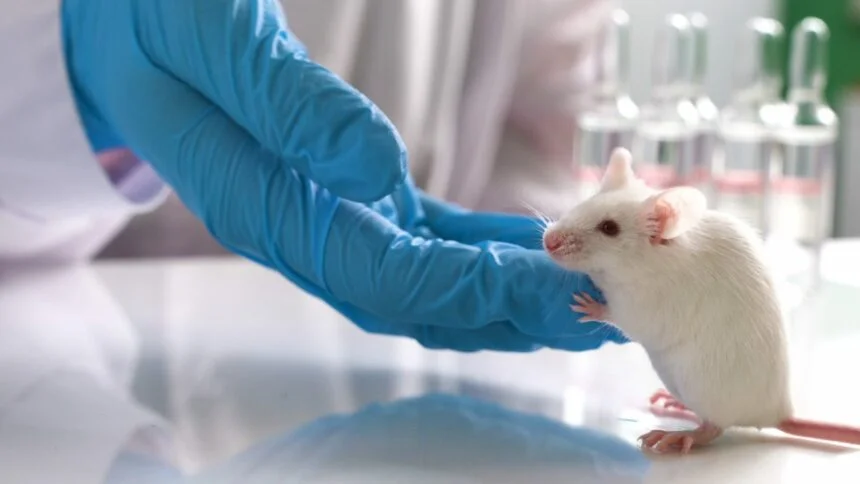Clumps of human neurons have been successfully transplanted into the brains of newborn rats by scientists, a remarkable achievement in biomedical engineering that might also offer more accurate models for neurodegenerative disorders like autism and provide a mechanism to repair damaged brains.
According to a study released on Wednesday by Stanford University researchers, the “tissue and organs” of human cells developed into millions of brand-new nerves and wired their new nervous systems. Rats may acquire sensory information from their hair and assist in producing command messages to direct their movements once the organoids had been implanted into their brains.
In the past ten years, researchers have built more intricate brain organoids, 3-D cell clusters of human nerve cells transplanted that were produced from stem cells that develop and resemble the human brain. The complexity of human neurons as they evolve in a real brain cannot be fully replicated by these organoids. The formation of the human brain, and how it might go wrong, is an otherwise incomprehensible process, but they can be doors into it.
Even if they aren’t flawless, Kriegstein claims that these models are surrogates for human cells in a manner that animal cells are not. And that’s thrilling, too.
The study’s principal investigator, Dr. Sergiu Pasca, a neuroscientist, stated that he and his associates are currently utilizing grafted neurons to understand the anatomy behind autism, schizophrenia, and other neurological diseases.
Clusters of human nerve cells were transplanted because Dr. Pasca stated that more complicated models of the human brain are going to be needed if we want to confront the biology of these diseases.
Because rats’ brains provide advantages that the lab equipment cannot, like blood flow, an accurate mixture of nutrients, and coordination from the nearby cells, these human cells grew.
The cells appeared to be more developed, yet Pasca and his colleagues wondered if the neurons will act similarly. Electrical tests revealed that clusters of human nerve cells transplanted behaved more like human brain-derived cells than did cells cultured in dishes.
Rats with clusters of human nerve cells transplanted did not demonstrate enhanced memory or intellect in behavioral tests; rather, deficiencies were of greater concern to the researchers. After all, the human organoids were poking their hosts’ brains. “Will memory impairment occur? There could be a motor deficiency. Are there going to be seizures? Asked Pasca. However, Pasca claims that after thorough testing that included behavioral assessments, EEGs, and MRIs, we could not spot changes.
One day, according to Pasca, patients’ organoids could potentially be used as test subjects for medical procedures. Bold strategies will be needed to treat difficult illnesses, he claims. To research these very human situations, “we will need to construct human models that recapitulate more characteristics of the human brain,”












